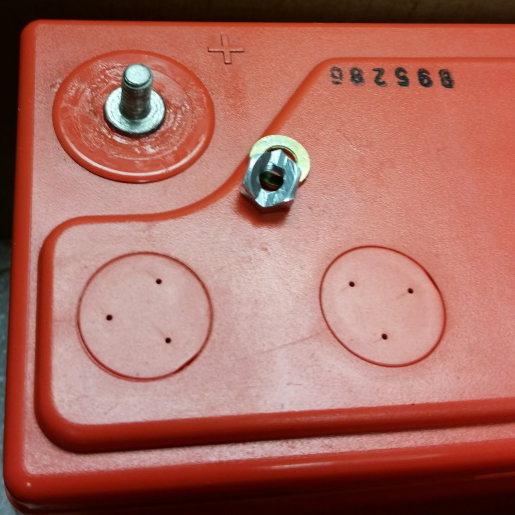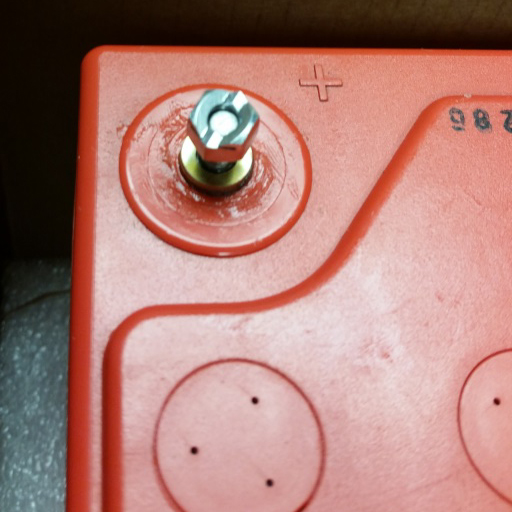Securaplane (Meggitt) has released Service Letter (SL), SL-9750W0370-24-13,1 which changes the cell block nut installation process to help prevent over torquing of the studs when installing the reblock kits in Securaplane batteries.


The heart of the revised procedure is to reduce the running torque, the torque needed to turn the Binx nut onto the stud until it contacts the washer on the cell to 15 in-lbs. If, during the installation, the running torque reaches 15 in-lbs., then the nut is to be removed, its threads cleaned, and reinstalled.
The final tightening torque remains the same as originally called for in the CMM (usually 32 or 35 in-lbs). The final torque becomes the sum of the running (twisting) torque, and tension torque as the nut tightens.
Originally the running torque to install the Binx nut was the same as the final torque. It was possible the running torque could reach the 35 in-lb. limit while installing the nut, with none of the torque being final, tightening torque. If this would happen, the running torque could create a broken stud.
This SL procedure should eliminate any risk of a broken stud.
Read the Meggitt Service Letter for more information.
December 2025
November 2025
October 2025
July 2025
June 2025